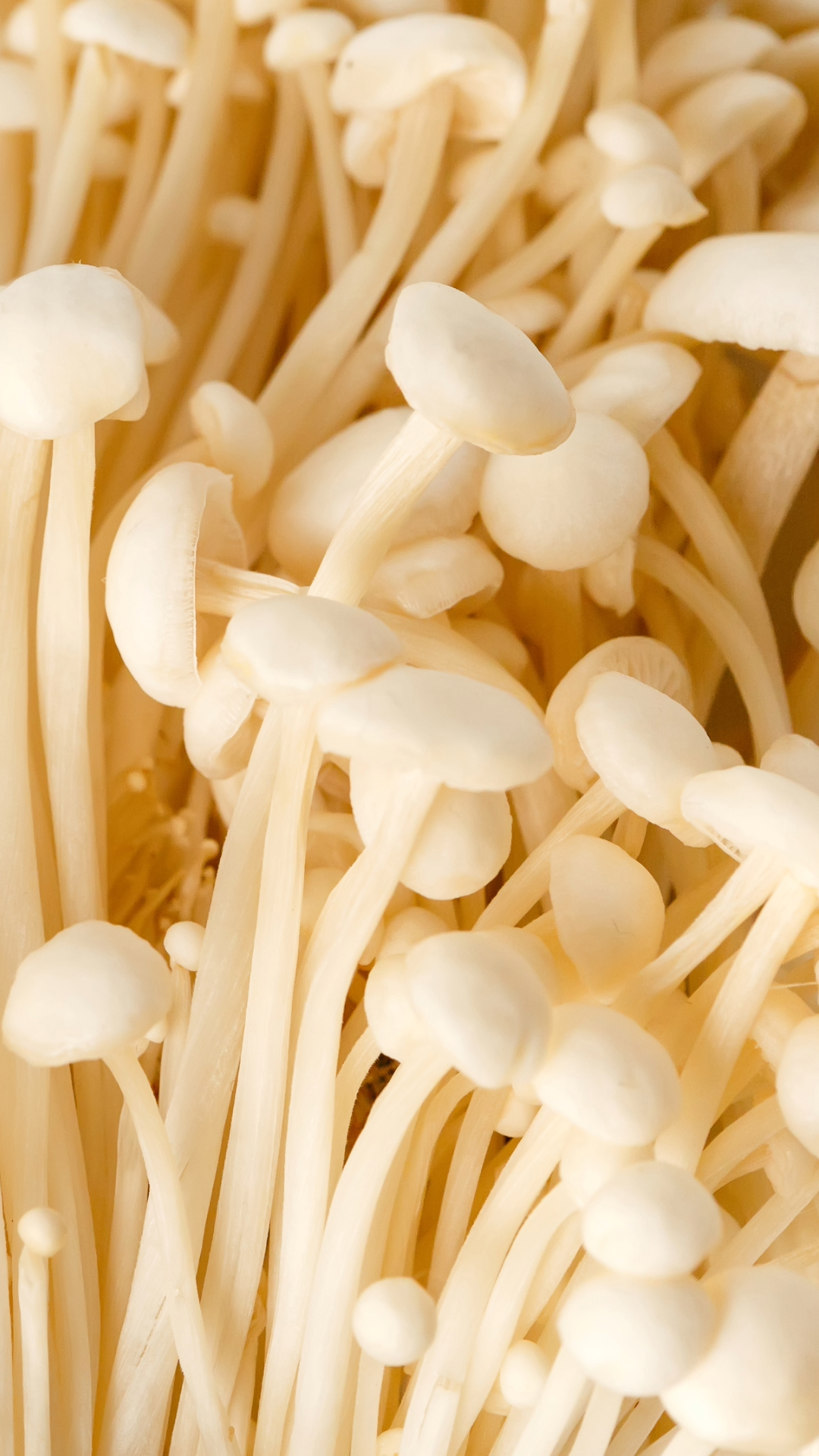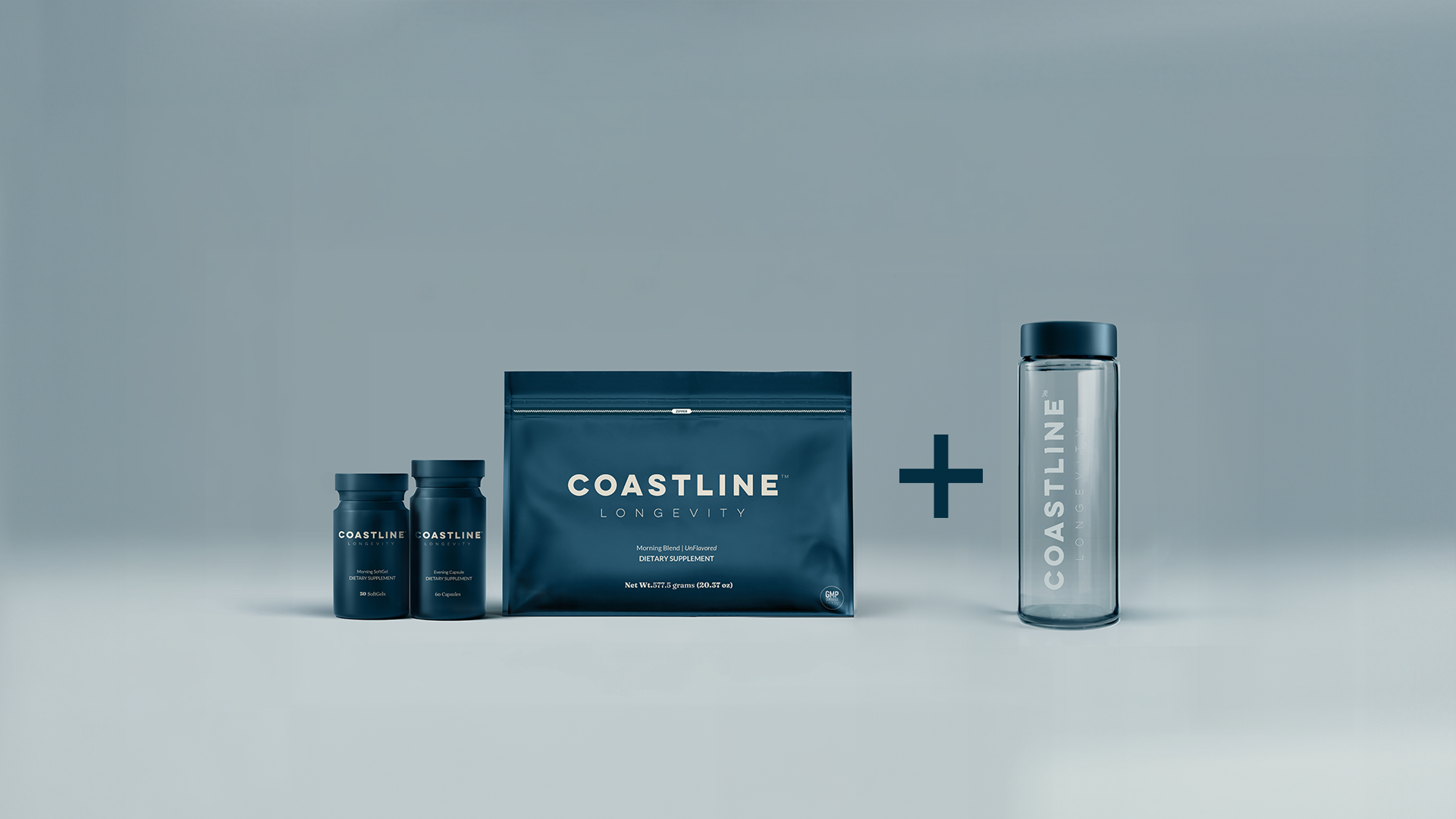
Summary
L-Ergothioneine
What is Ergothioneine?
Ergothioneine is a sulfur-containing amino acid thiol that protects cells and functions as an antioxidant that can bind (“chelate”) and remove metals that could otherwise wreak havoc. You might have come across glutathione as the so-called “master” antioxidant made by your body. Ergothioneine is somewhat similar to glutathione, but ergothioneine is very stable and less prone to degradation by “autoxidation” than glutathione.
More significant than its antioxidant effects, however, is the way ergothioneine increases levels of NAD+ in cells. Cellular NAD+ declines in many tissues with age, and dwindling NAD+ is thought to directly contribute to aging. For example, NAD+ is instrumental to energy provision by shuttling electrons in mitochondria. NAD+ is also a cofactor for enzymes involved in pivotal functions such as DNA repair, including sirtuins and poly(ADP-ribose) polymerases.
The human body seems to really value ergothioneine, for it is rapidly taken up by cells via its own bespoke transporter, the organic cation transporter 1 (OCTN1, technically SLC22A4 and SLC22A15). Furthermore, less than 4% gets excreted in urine, so cells hold onto ergothioneine. Their ergothioneine stores seem to have important roles in the function of mitochondria and other structures.
Ergothioneine is a normal part of the human diet, and mushrooms, spirulina (a type of algae), and some fermented foods, such as tempeh, are especially rich sources.
Effects of ergothioneine on lifespan and healthspan
Studies of people have hinted at roles of ergothioneine in longevity. Perhaps the most striking of this type of research is a study that looked at how changes in blood metabolites associated with cardiovascular disease and mortality in middle-aged adults over an average follow-up of 21 years. It found that, of 112 metabolites analyzed, higher blood ergothioneine was the metabolite most strongly negatively associated with risk of developing coronary heart disease, stroke, passing away from cardiovascular disease, or passing away from all causes combined, and this was after statistically adjusting for various factors that could confound such associations. This is very intriguing, but it neither reveals whether low blood levels drive these problems, nor do we know what causes low levels in these states — for example, low blood levels could be due to lower intakes, absorption, or greater clearance.
To test whether ergothioneine intake per se really could extend life, recent research tested the effects of ergothioneine intake from early life (the human equivalent age is about 5 years old) until the end of life in male mice. It found that ergothioneine extended the mice’s lives, and separate experiments showed ergothioneine also prolonged lifespan and warded off measures of frailty in roundworms. Returning to the mice, ergothioneine also reduced age-related changes in body composition, physical activity, and learning and memory, while positively affecting markers of cardiovascular health.
Scientists recently completed a comprehensive series of experiments, beginning with some showing that ergothioneine extended the lives of worms. They then tried to try to better understand how ergothioneine affects lifespan, and to explain their results you’ll have to forgive us for being extra nerdy for a minute.
Their experiments showed that ergothioneine is a substrate for an enzyme named cystathionine gamma-lyase, which is made by a gene that has consistently been associated with lifespan across various animals. As a substrate for this enzyme, ergothioneine boosted the production of hydrogen sulfide, a gas that modifies proteins after they’re made (hydrogen sulfide “persulfidates” them). As a result, ergothioneine improved mitochondrial function, increased energy (ATP production), and boosted cell growth. Related to these subcellular changes, ergothioneine increased the muscle mass and running endurance of rats. These performance-enhancing properties might have been influenced by greater density of blood vessels in muscles, as well as increased numbers of muscle cell stem cells, which aid muscle regeneration. When you consider that mitochondrial dysfunction and stem cell exhaustion are hallmarks of aging, it seems that ergothioneine is directly targeting much of the biology of aging.
The scientists that led the study suggest that many of these effects relate to the fact that ergothioneine substantially raised the concentration of the coenzyme NAD+ levels in the cells they tested (muscle cells). The fact that ergothioneine persulfidates and hence activates the enzyme cytosolic glycerol-3-phosphate dehydrogenase is probably the main driver of this NAD+ boost.
To forecast where ergothioneine is acting in the body to exert these benefits, it’s helpful to look at how its receptor is distributed between tissues. OCTN1 is on most, if not all, tissues, and the gene that holds the blueprint for OCTN1 is widely expressed on human tissues. Notably, it’s expressed in the small intestine, so dietary ergothioneine is taken up in the gut. It’s also expressed in the kidney tubules, so ergothioneine is reabsorbed, not just peed out. And it’s expressed on immune cells such as monocytes and neutrophils. Based on OCTN1 distribution, it might be that ergothioneine helps protect cells that are prone to excessive oxidative stress, stepping in to support primary antioxidant defences when they’re taxed to near their limits.
Some of ergothioneine’s activity seems to be mediated by ergothioneine’s interaction with NRF2, a key coordinator of cellular responses that defend against subsequent stressors. Within cells, OCTN1 isn’t distributed evenly, and mitochondria seem to really value ergothioneine. OCTN1 isn’t the only way cells and their constituents take up ergothioneine, and mitochondria probably use other transport mechanisms to take up ergothioneine. It’s thought that ergothioneine acts via these transporters to help protect mitochondrial DNA from damage. Ergothioneine thereby targets several hallmarks of aging, including genomic instability, mitochondrial dysfunction, and chronic inflammation.
Positive effects of ergothioneine on human health
Blood levels of ergothioneine increase during growth and development, reach a peak in early adulthood, then dwindle until the end of life. Frailty, dysfunction, and several chronic, age-related diseases are associated with particularly low levels, including mild cognitive impairment, Alzheimer’s disease, Parkinson’s disease, Crohn’s disease, and several cardiovascular and metabolic diseases. One of the things that’s most compelling about some of these studies is that they use unbiased methods to look at whether any of hundreds or thousands of markers in the blood associate with disease… and ergothioneine keeps popping up.
We look forward to future clinical research on ergothioneine, for the research done on other animals is hugely encouraging and raises the possibility that ergothioneine might be a conditionally essential nutrient. This work has shown positive effects of ergothioneine intake on many bodily tissues. To give just a few examples, ergothioneine improves proxies of mood and sleep in a rat model of depression, defends the eye against excessive oxidative stress, mitigates age-related hearing loss (in males only), protects the liver and kidneys against diabetes-related damage, minimises lung damage in an experimental model of acute respiratory distress syndrome, helps to maintain sperm numbers and health during exposure to the chemotherapy drug cisplatin, boosts exercise performance by enhancing mitochondrial function, and protects the skin against damage from UV radiation.
Ergothioneine sharpens brain function
While there’s been little controlled research on how changing ergothioneine intake affects human health, so far the results have been encouraging. Initially, a randomized controlled trial found that 5 mg ergothioneine each day for 12 weeks improved memory, and memory performance was correlated with blood ergothioneine. The strongest clinical evidence to date, however, comes from a study in which adults aged 60 and above with mild cognitive impairment took 25 mg ergothioneine or placebo three times a week for a year. Importantly, ergothioneine intake was perfectly safe, going by kidney, blood, and liver health markers. More intriguingly though, ergothioneine improved learning ability, and whereas the placebo group had worsening levels of a marker of neurodegeneration (neurofilament light chain), the levels of this were unchanged in the ergothioneine group.
These experiments are consistent with previous findings that older adults with lower blood ergothioneine levels experience faster cognitive decline in the subsequent 5 years, which appears to be related to the brain shrinking at a faster rate. Similarly, lower blood ergothioneine levels correlate with dementia and a smaller hippocampus, a key brain structure in short-term memory.
To understand ergothioneine’s actions in the brain, we have to refer to studies of other mammals and cells. Based on these, it seems that ergothioneine crosses the famously selective blood-brain barrier and then accumulates in brain. The scientists who did the clinical trial on humans mentioned above did a series of experiments on mice too. Their tests support the idea that ergothioneine supports the brain’s ability to rewire itself in response to ongoing demands. Specifically, ergothioneine might boost this so-called neuroplasticity by acting on a receptor named tropomyosin receptor kinase B (TrkB). Consistent with this, people who supplemented ergothioneine had greater levels of activated (“phosphorylated”) TrkB in little particles (“extracellular vesicles”) that traffic things between cells.
Prior research has pointed to other related actions of ergothioneine in the brain. For example, ergothioneine might promote neurogenesis, the formation of new nerve cells in brain tissue. Ergothioneine also protects against mitochondrial dysfunction, which is key to brain health, and ergothioneine’s antioxidant actions protect against oxidative stress, reactive nitrogen species, and inflammation. Damage incited by such stress is involved in the accumulation of amyloid, dysfunctional protein aggregates that build up in the brains of people with Alzheimer’s, and ergothioneine intake can reduce amyloid accumulation in mice. Regarding other proteins, research on the types of cells that line the brain’s small blood vessels indicates ergothioneine may reduce the formation of the advanced glycation end products that accrue as high levels of blood sugar stick to proteins, impairing protein function. In these ways, ergothioneine appears to also counter the loss of proteostasis hallmark of aging. Ergothioneine might matter for the young, developing brain too. OCTN1 is expressed on the placenta, OCTN1 density in breast cells increases during lactation, and ergothioneine makes its way into breast milk, so it’s thought that ergothioneine might be important for healthy development of the infant brain.
Ergothioneine might reduce skin wrinkling and improve skin hydration
Clinical trials showing positive effects of people consuming ergothioneine-rich mushroom products also strengthen the hypothesis that ergothioneine boosts human health. For example, a recent study found that women who consumed an oyster mushroom extract containing 25 mg ergothioneine for 12 weeks had improved skin hydration and skin wrinkling relative to controls. Since mushroom extracts used in such studies don’t exclusively contain ergothioneine, we can’t determine it’s the ergothioneine per se that’s at work, but when changes in bodily ergothioneine levels correlate with improvements in outcomes, as in this study, it’s very likely the ergothioneine is contributing to the results.
Our use of Ergothioneine
Regarding dose, the 5-mg dose in Coastline matches that used in the recent clinical trial finding positive effects of ergothioneine on cognition. This is also one of two doses being studied in an ongoing clinical trial testing the effects of ergothioneine in the metabolic syndrome.
Regarding timing, ergothioneine is in the morning step of Coastline. It isn’t clear if the timing of ergothioneine intake matters, especially as regular intake makes it accumulate over time in tissues. Nevertheless, part of the reason for our choice is that a study of other animals documented higher levels of ergothioneine in the blood and in part of the brain during wakefulness than during sleep, implying possible roles in the regulation of wakefulness and sleep, respectively.
Regarding form, Coastline contains L-ergothioneine, the same form used in clinical trials.
Ergothioneine typical dietary intakes and safety
Most of us consume a small amount of ergothioneine each day. Mushrooms are the richest sources of ergothioneine and contain roughly 0 to 1.8 mg per g dry weight, so an 80-g portion of fresh mushrooms is likely to contain about 8 mg ergothioneine. Their ergothioneine concentrations vary hugely though, depending on factors such as soil. Similarly, the ergothioneine concentrations of fermented foods such as tempeh vary depending on the bacteria used in fermentation. Ergothioneine is also present in plant foods (they take it up from soil) and animal foods (it accumulates in tissues following food intake), but only in small quantities.
While clinical trials on ergothioneine are in their infancy, major bodies agree on its safety. Indeed, the European Food Safety Authority has deemed synthetic ergothioneine to be safe up to 20 mg per day in kids and 30 mg per day in adults, even for pregnant and nursing women and their offspring. Similarly, the US Food and Drug Administration lists ergothioneine as Generally Regarded as Safe, meaning it can be used as a food additive and in supplements.

Order Your Coastline Welcome Pack Today
13 foundational ingredients. 1 simple system. $165 value for only $120 including FREE glass shaker.


